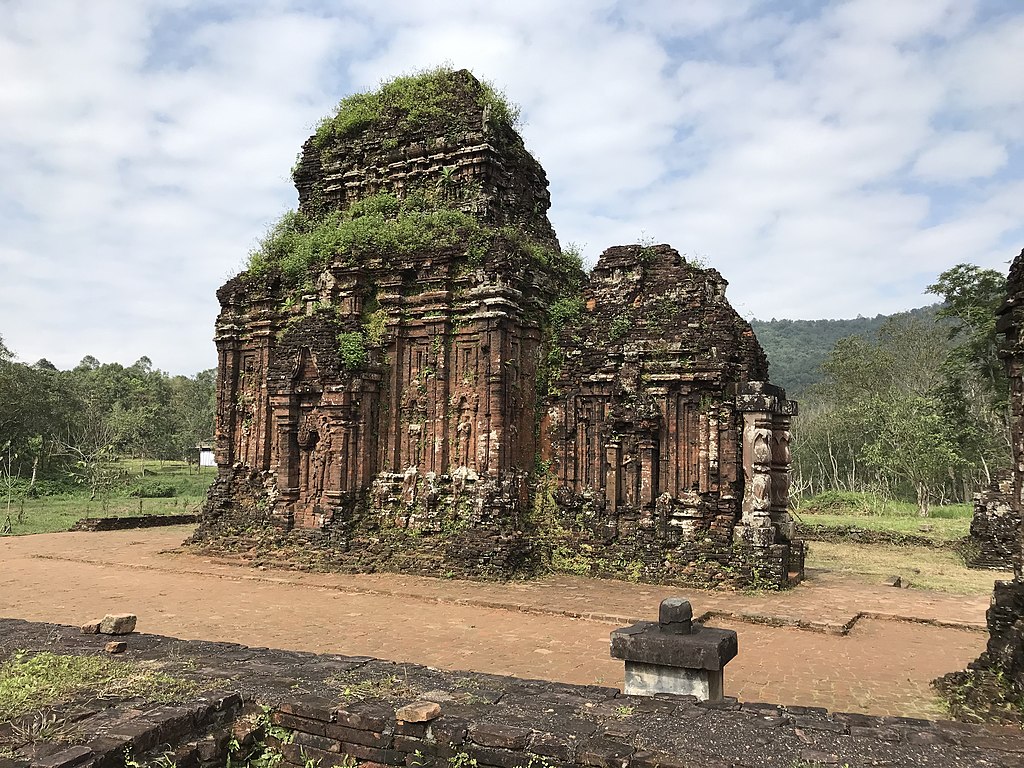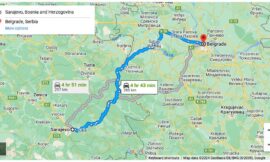Mỹ Sơn, located near the town of Duy Xuyên in Quang Nam Province, Vietnam, is an ancient archaeological site that holds great significance as a UNESCO World Heritage Site. Renowned for its remarkable collection of Hindu temple ruins, Mỹ Sơn represents the cultural and religious legacy of the Champa civilization, which flourished in central Vietnam from the 4th to the 13th century.
The temples of Mỹ Sơn were built by the Champa kings as places of worship and religious ceremonies dedicated to the Hindu gods, particularly Shiva, the supreme deity of Hinduism. The site is nestled amidst a lush valley surrounded by mountains, providing a serene and picturesque setting for the ancient ruins.
The temple complex at Mỹ Sơn consists of a series of red brick structures, intricately carved and adorned with bas-reliefs, sculptures, and inscriptions. The architecture of the temples reflects the influences of Hindu and indigenous Cham styles, characterized by their distinctive tower-like structures, decorative motifs, and symbolic elements.
Despite centuries of exposure to the elements and the ravages of war, Mỹ Sơn has retained much of its original grandeur and beauty. The site is a testament to the architectural and artistic achievements of the Champa civilization, as well as its spiritual and cultural significance.
Exploring Mỹ Sơn offers visitors a unique opportunity to step back in time and immerse themselves in the rich history and heritage of Vietnam. Walking through the temple complex, visitors can admire the intricate carvings, marvel at the architectural feats, and gain insight into the religious beliefs and practices of the Champa people.
In addition to its archaeological significance, Mỹ Sơn also holds cultural and spiritual importance for the Vietnamese people. The site is still used today for religious ceremonies and rituals, particularly by the Cham ethnic minority, who continue to preserve and celebrate their cultural heritage.
Mỹ Sơn’s inclusion on the UNESCO World Heritage List in 1999 has helped to raise awareness of its importance and significance on a global scale. Efforts to preserve and protect the site are ongoing, ensuring that future generations will be able to appreciate and learn from this extraordinary testament to Vietnam’s ancient past.
Visiting Mỹ Sơn is a truly unforgettable experience, offering a glimpse into the rich tapestry of Vietnam’s history, culture, and spirituality. As one of Southeast Asia’s most significant archaeological sites, Mỹ Sơn continues to inspire awe and wonder among all who have the privilege of exploring its ancient ruins.



